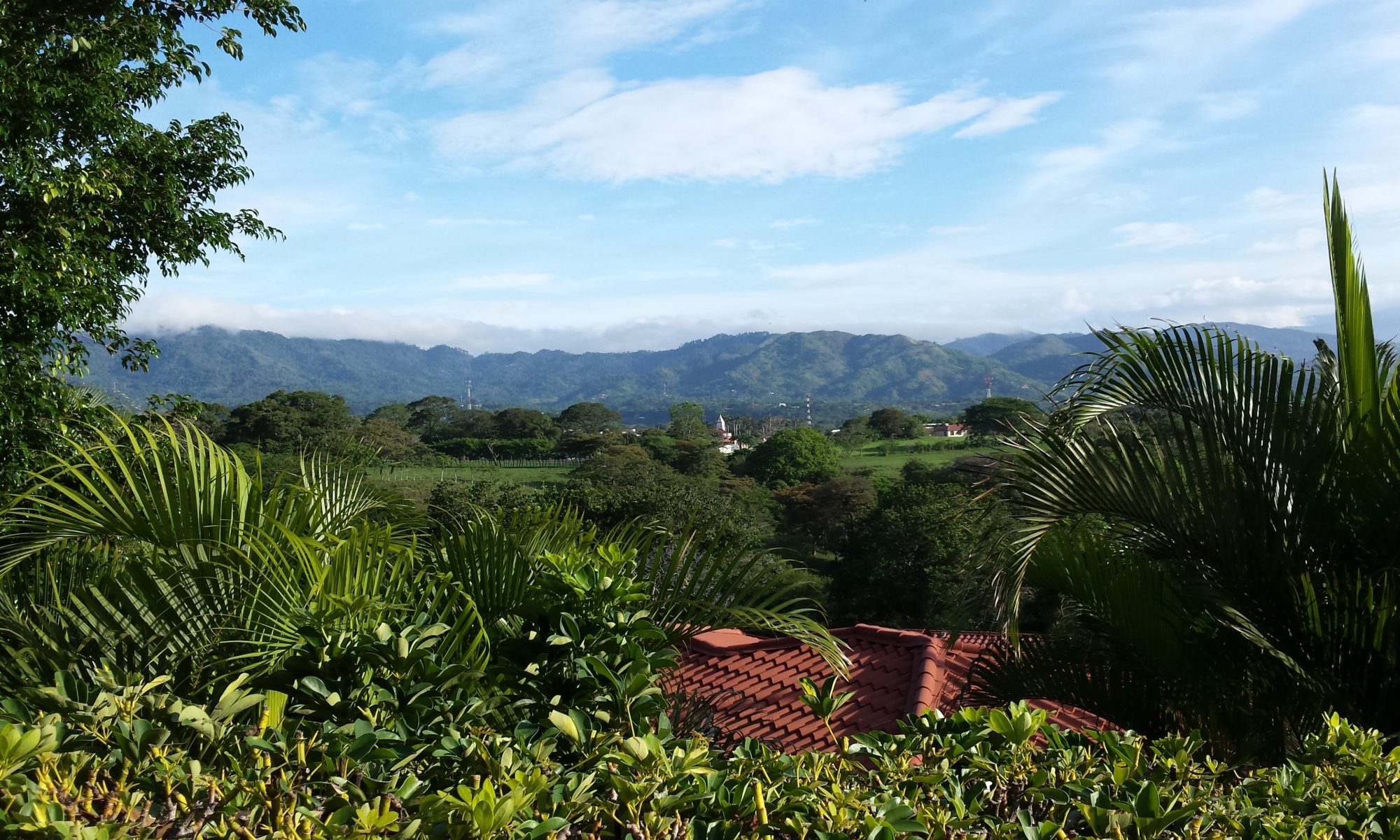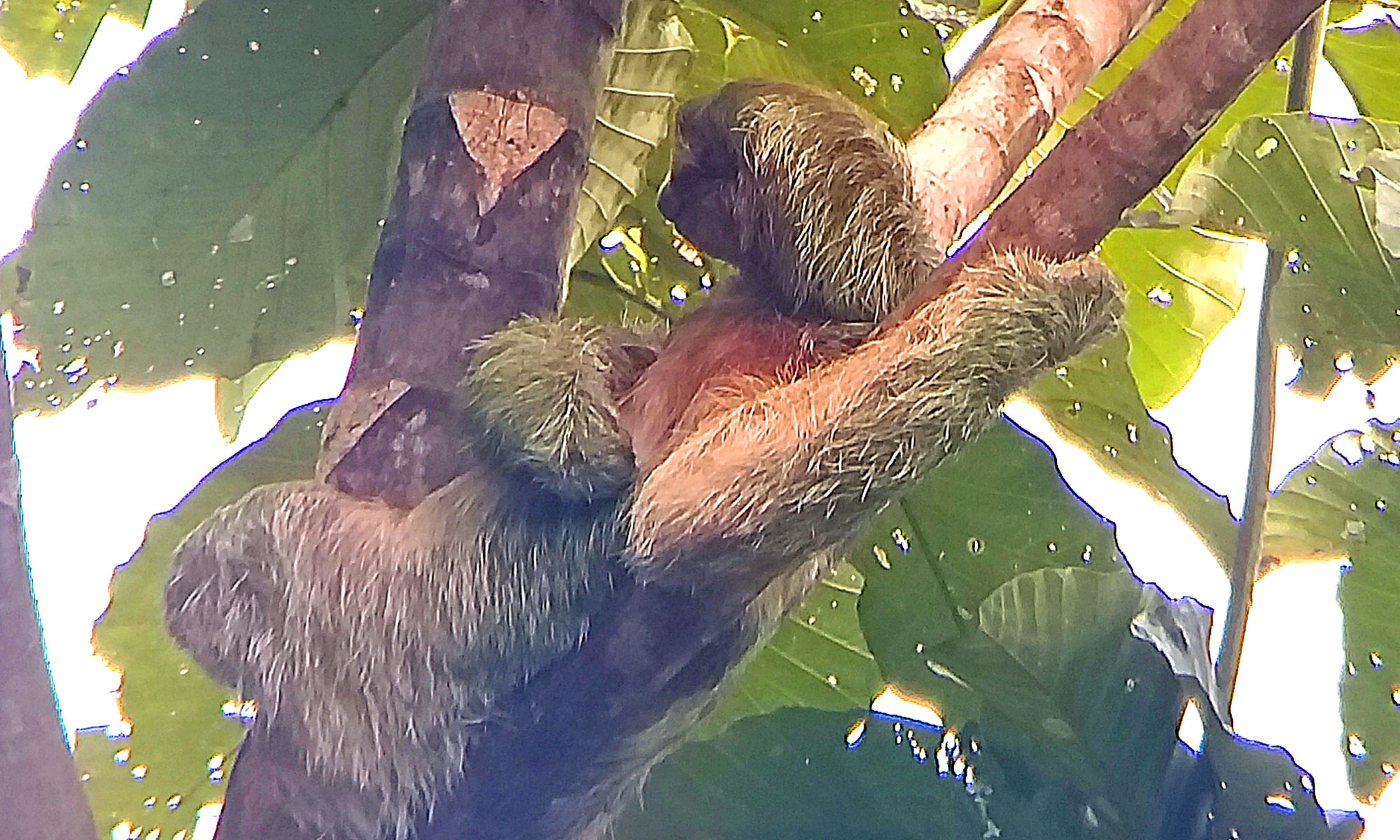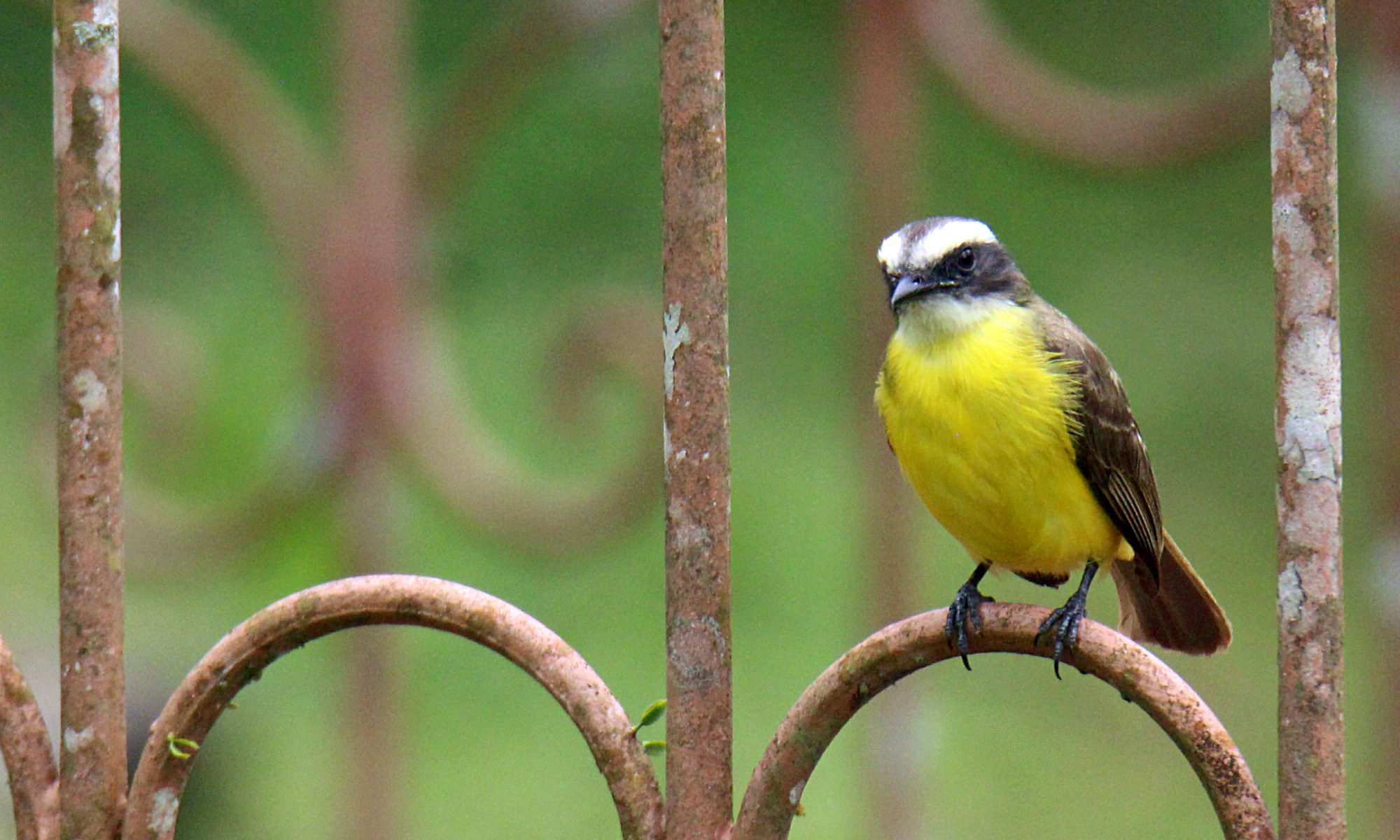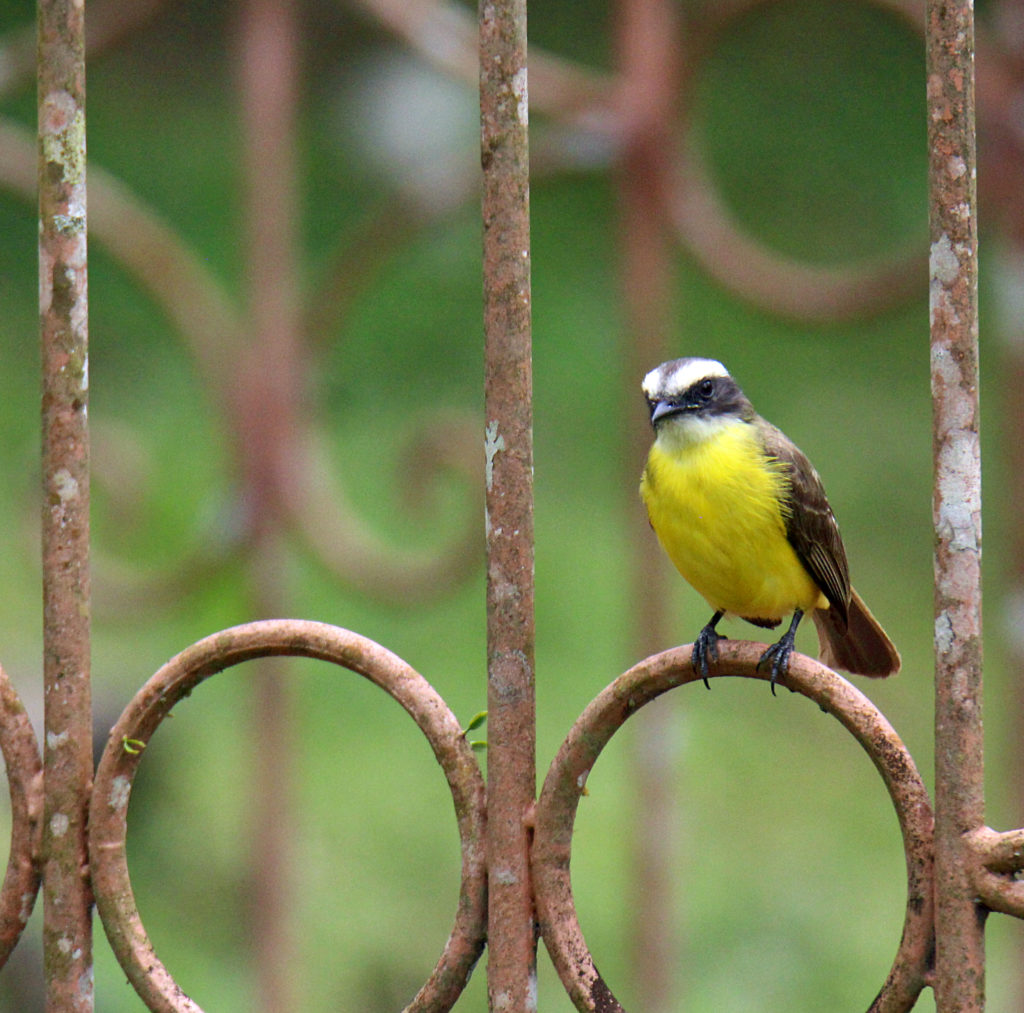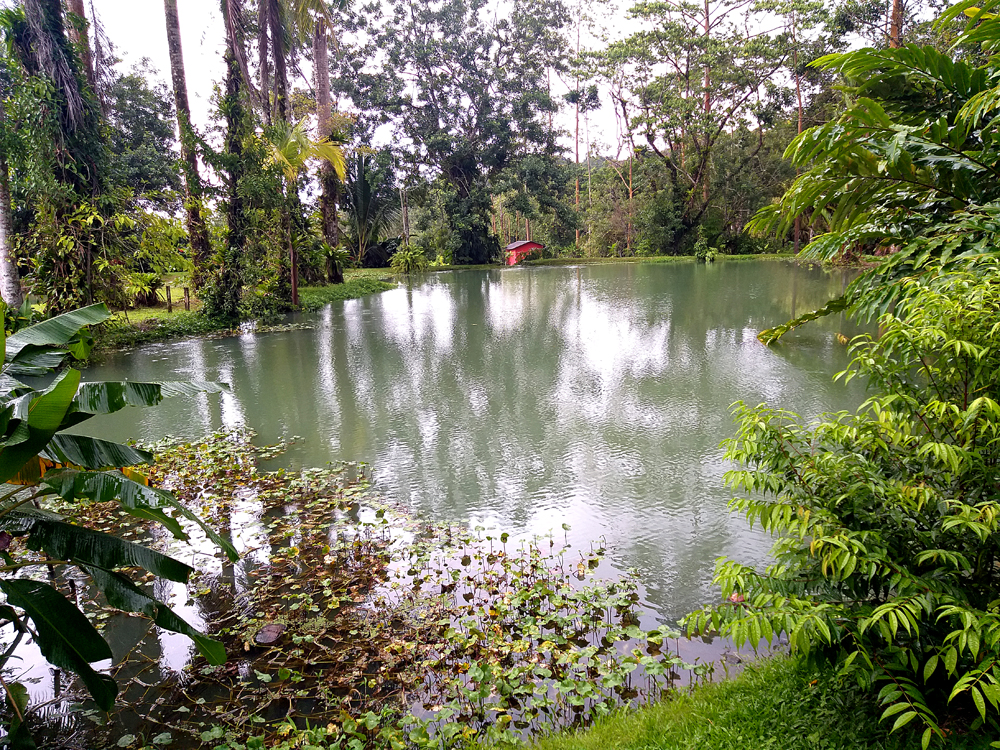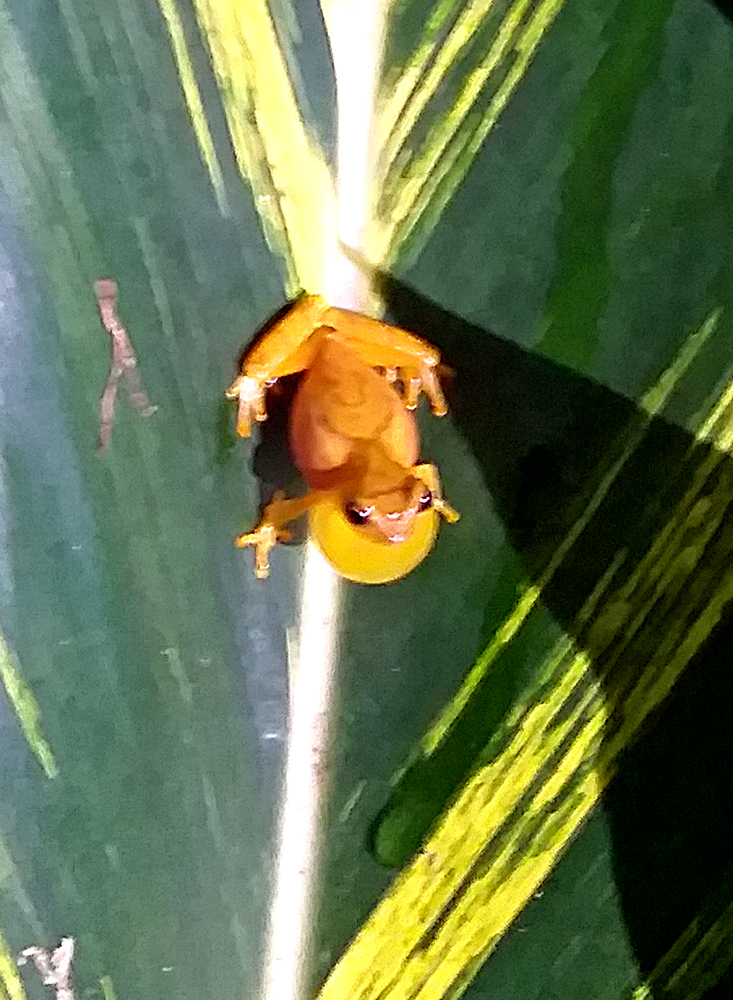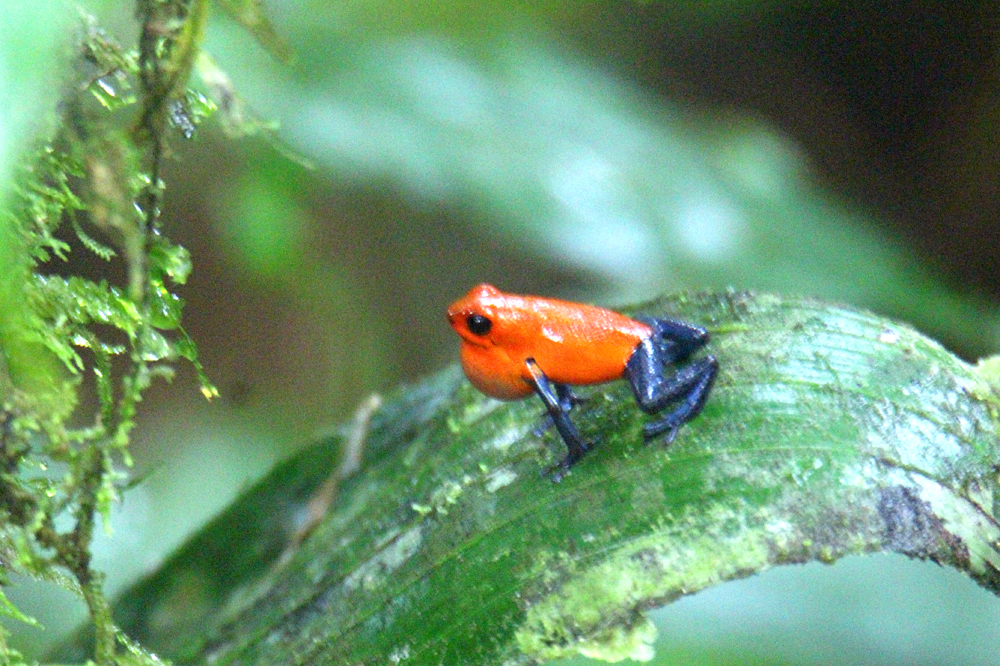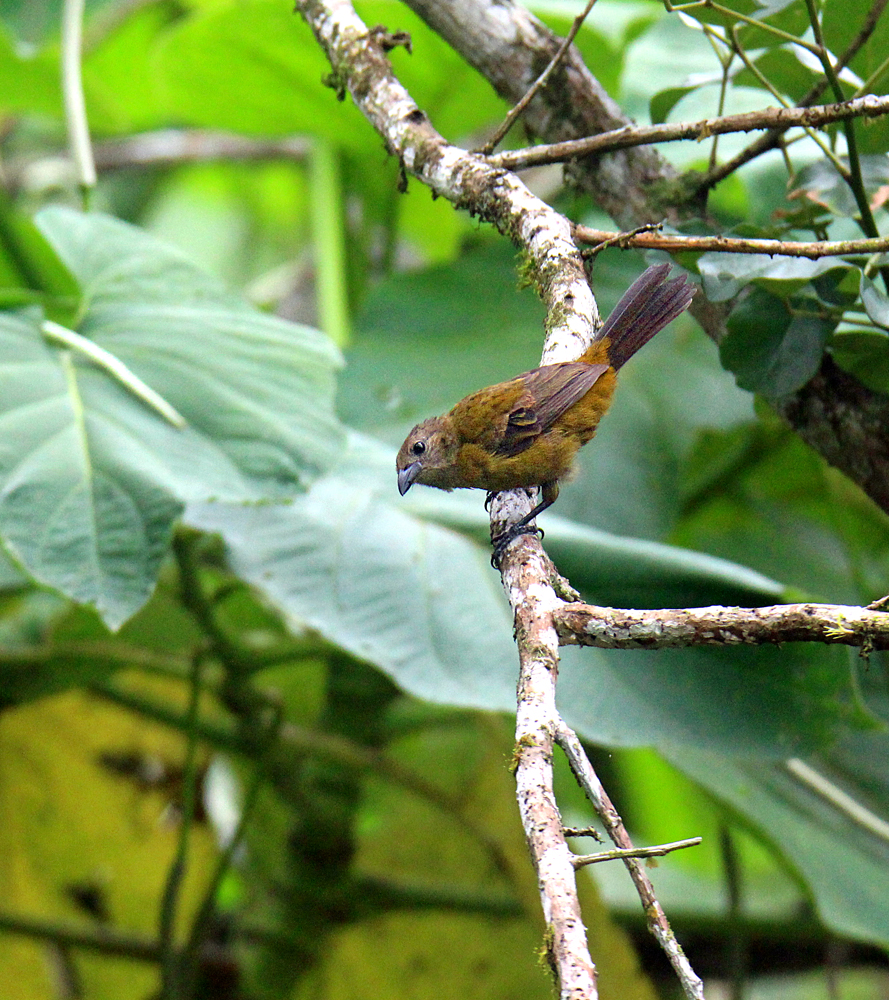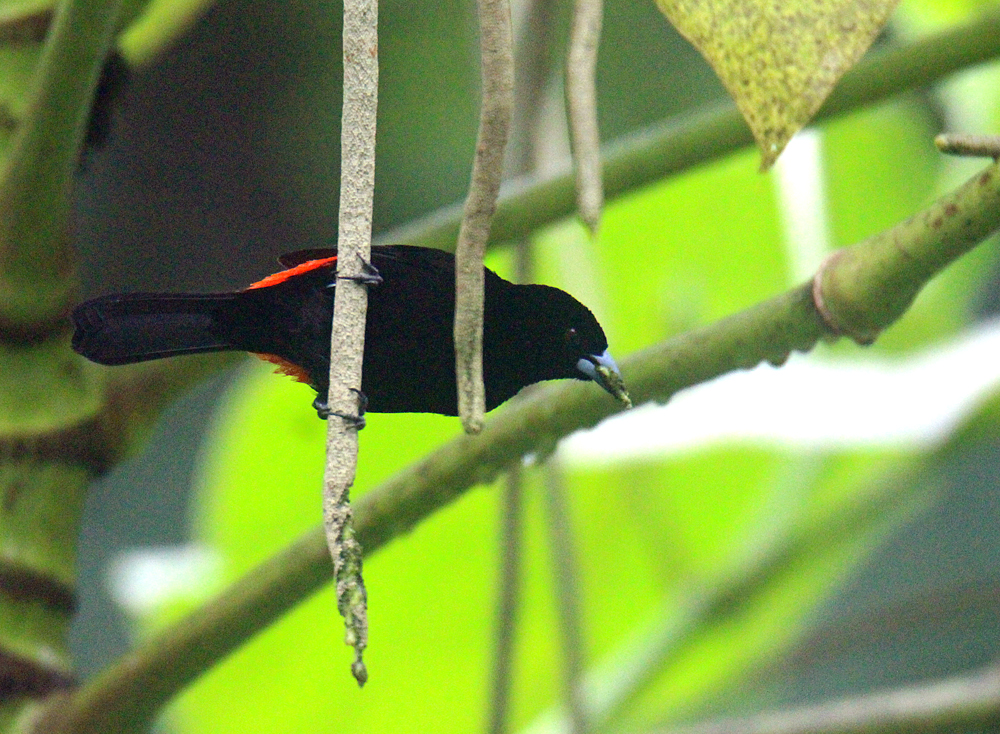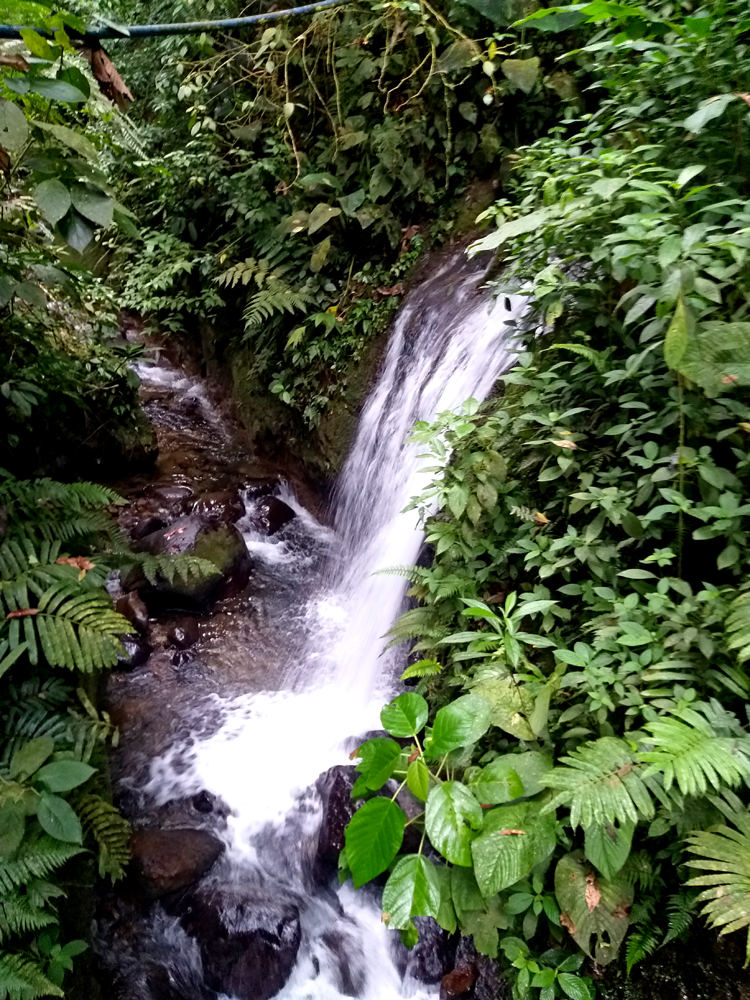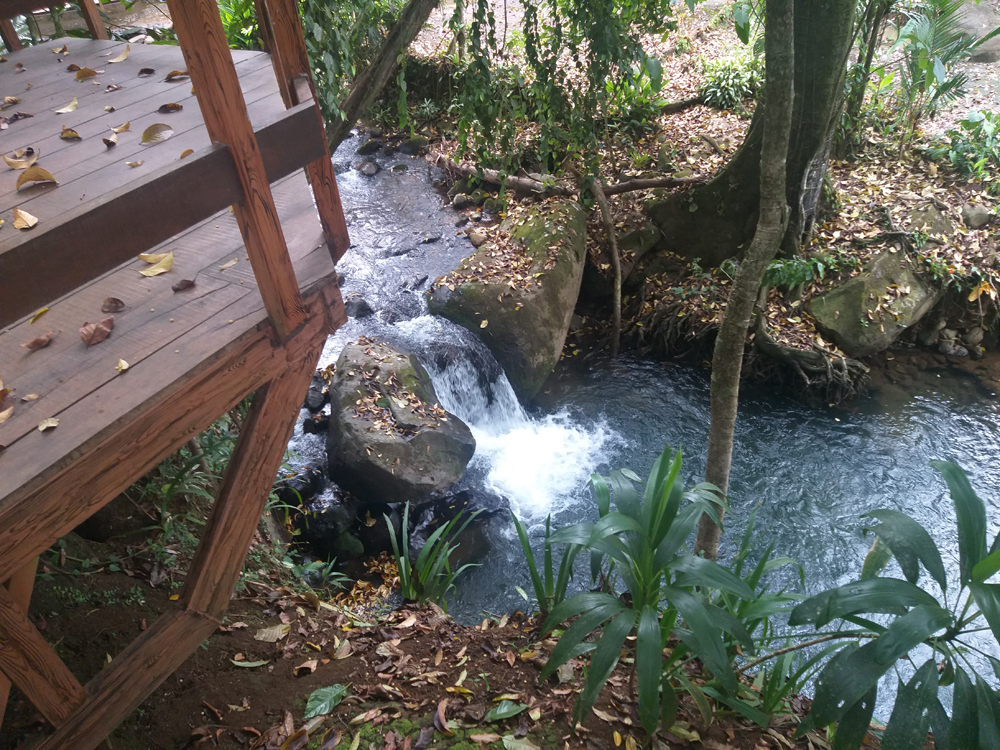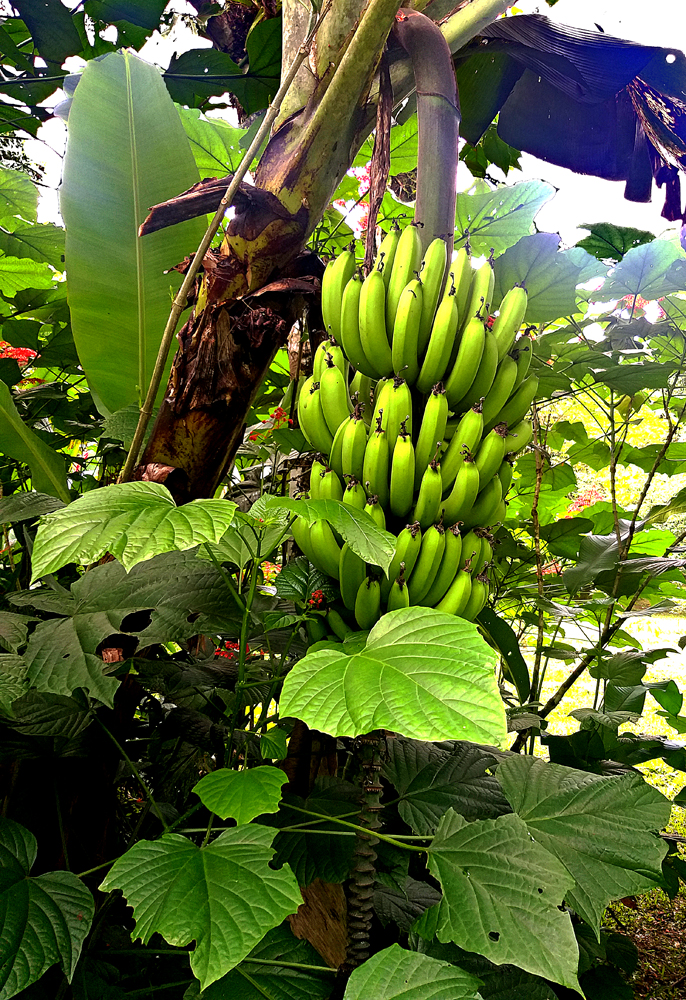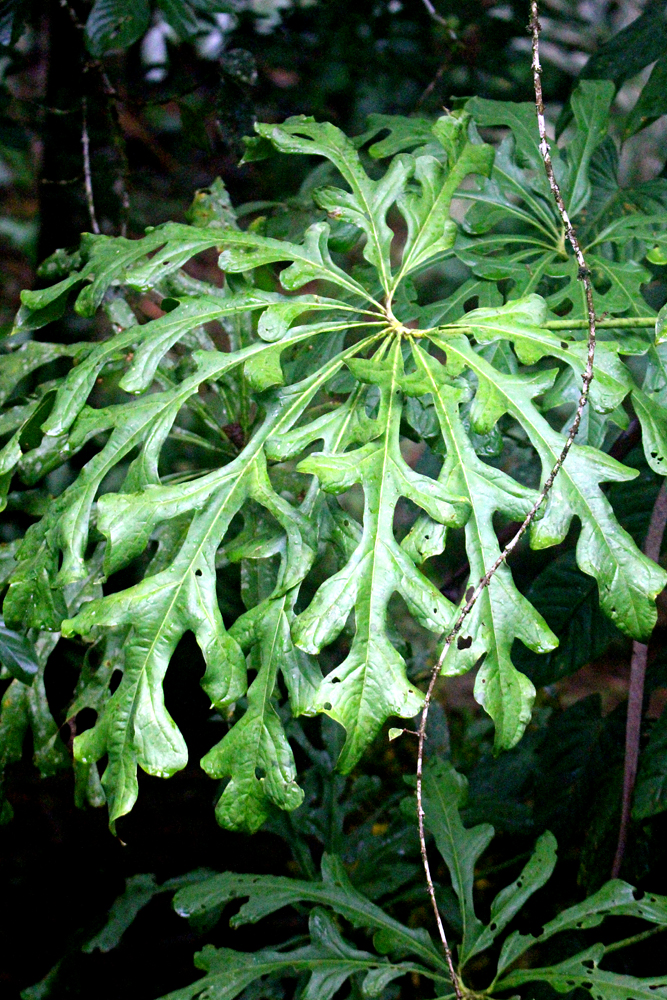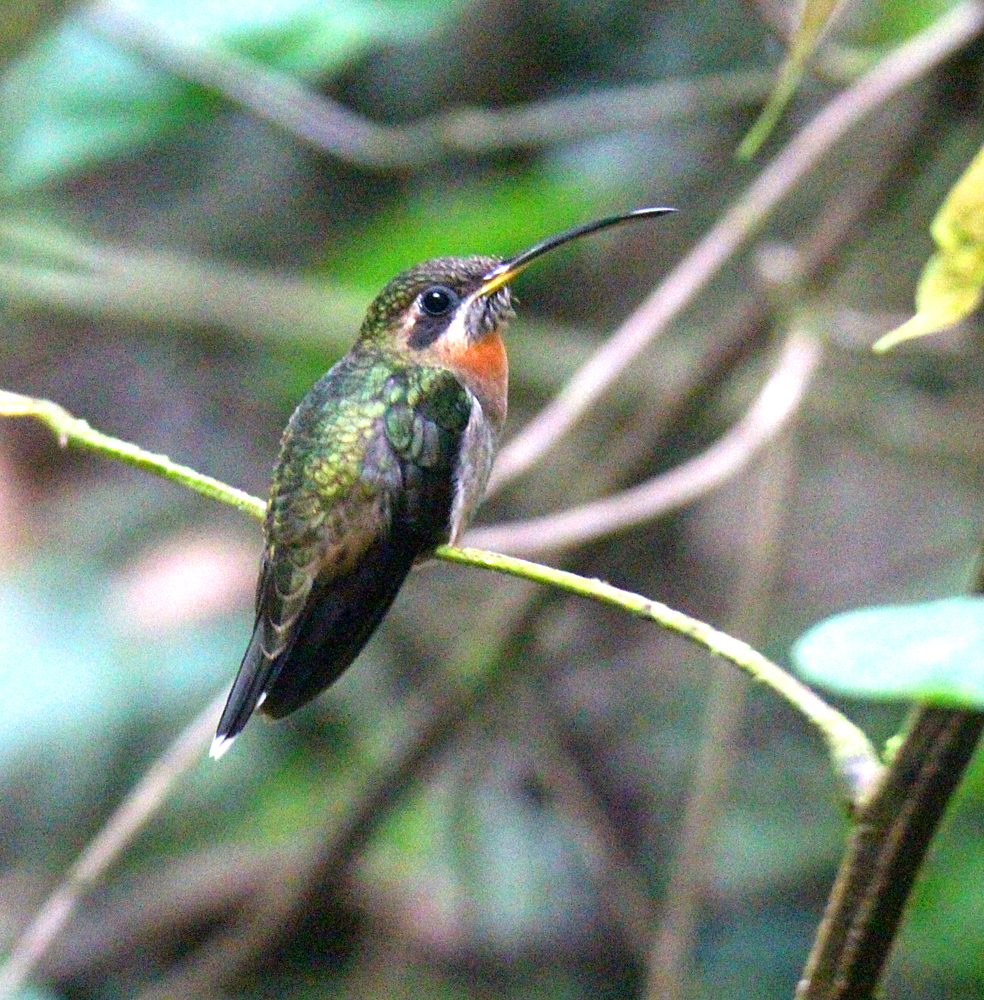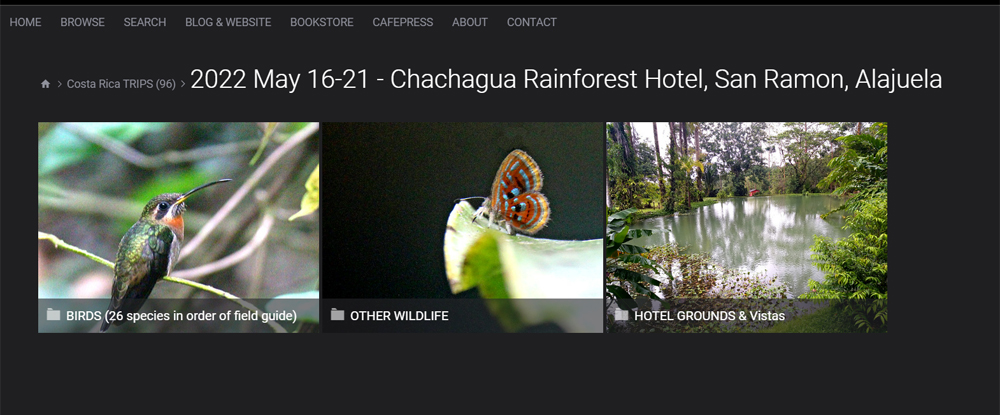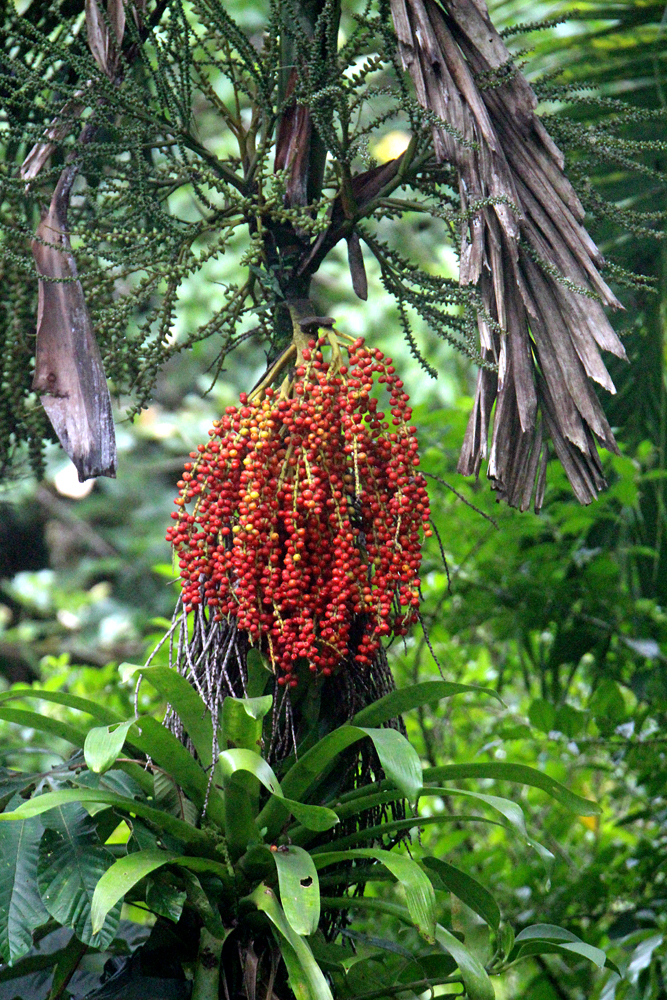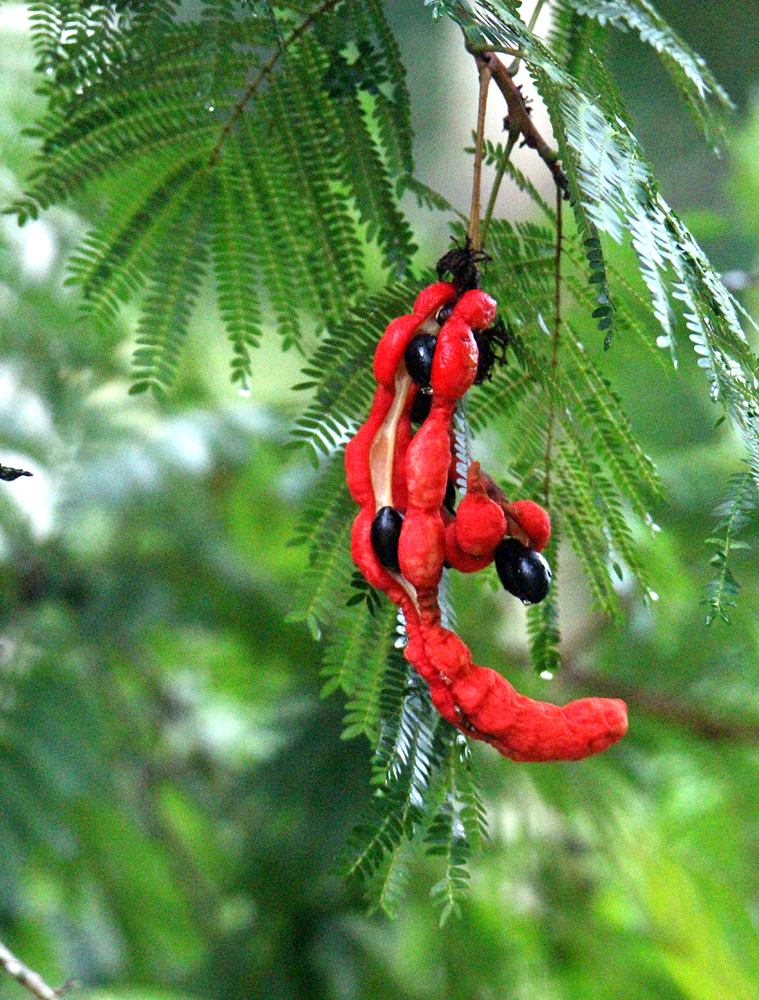This Brown-throated Three-toed Sloth (Wikipedia link) was in this Guarumo or Cecropia Tree long enough for multiple efforts to photograph it, though in the shadows or no good light, at Chachagua Rainforest Hotel grounds. A peaceful creature! 🙂 In a peaceful place! 🙂
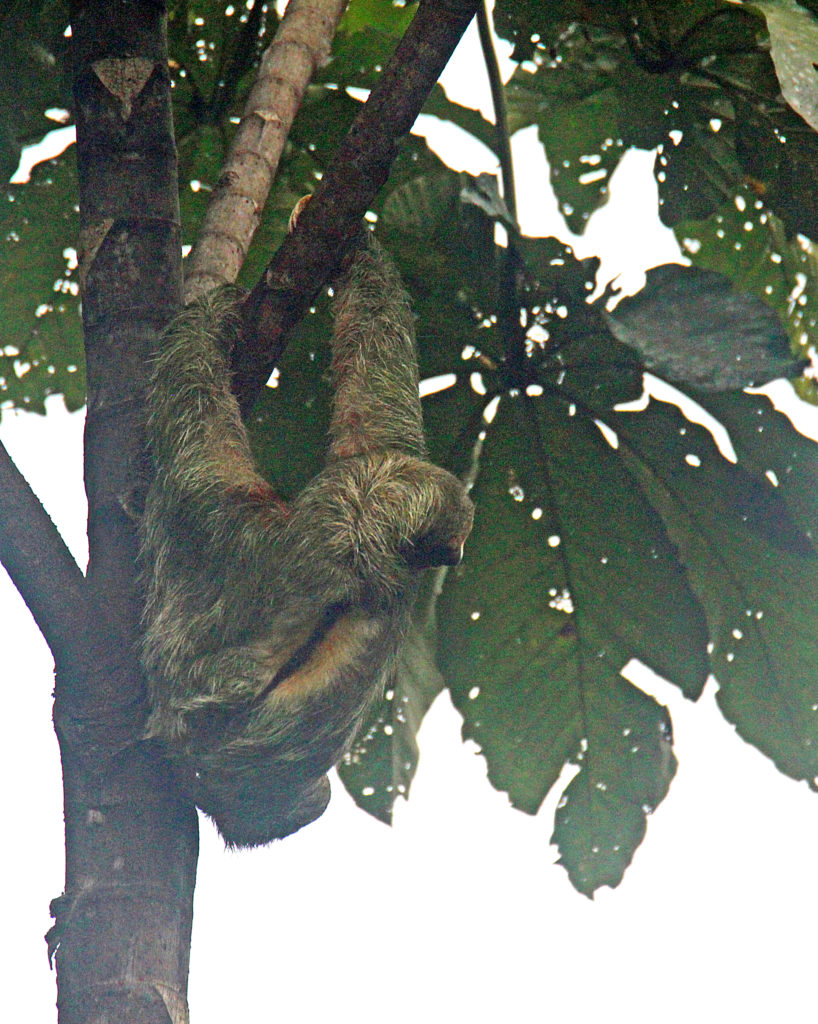
Continue reading ““Upside-down Yogi” (Sloth)”“The three-toed sloth lives a peaceful, vegetarian life in perfect harmony with its environment. A good-natured smile is forever on its lips…I have seen that smile with my own eyes. I am not one given to projecting human traits and emotions onto animals, but many a time during that month in Brazil, looking up at a sloth in repose, I felt I was in the presence of upside-down yogis deep in meditation or hermits deep in prayer, wise beings whose intense imaginative lives were beyond the reach of scientific probing.”
― Yann Martel, Life of Pi
